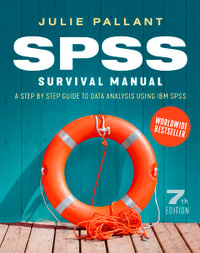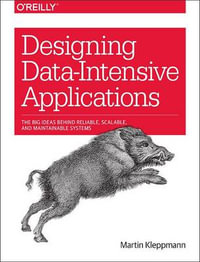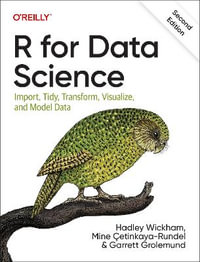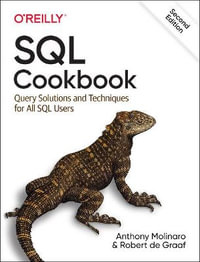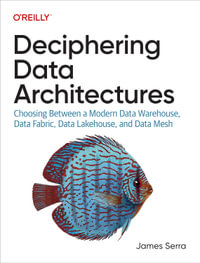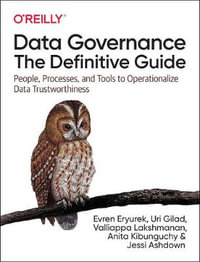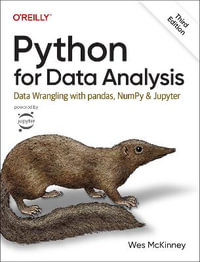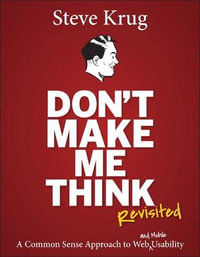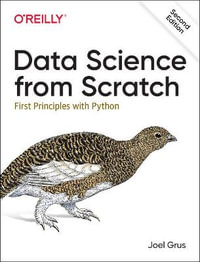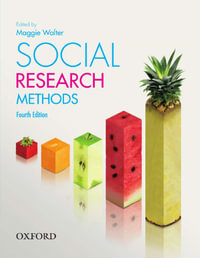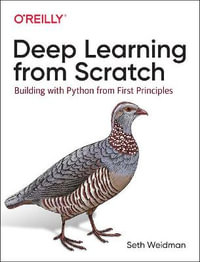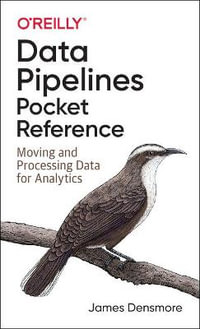| Preface | p. ix |
| Contributing Authors | p. xiii |
| Combining Approaches to Information Retrieval | p. 1 |
| Introduction | p. 1 |
| Combining Representations | p. 5 |
| Combining Queries | p. 9 |
| Combining Ranking Algorithms | p. 11 |
| Combining Search Systems | p. 13 |
| Combining Belief | p. 16 |
| Language Models | p. 25 |
| Conclusion | p. 28 |
| The Use of Exploratory Data Analysis in Information Retrieval Research | p. 37 |
| Introduction | p. 37 |
| Exploratory Data Analysis | p. 39 |
| Weight of Evidence | p. 40 |
| Analysis of the Relationship between Document Frequency and the Weight of Evidence of Term Occurrence | p. 43 |
| Probabilistic Modeling of Multiple Sources of Evidence | p. 53 |
| Conclusions | p. 70 |
| Language Models for Relevance Feedback | p. 73 |
| Introduction | p. 73 |
| The Language Modeling Approach to IR | p. 75 |
| Related Work | p. 78 |
| Query Expansion in the Language Modeling Approach | p. 83 |
| Discussion and Future Work | p. 92 |
| Topic Detection and Tracking: Event Clustering as a Basis for First Story Detection | p. 97 |
| Topic Detection and Tracking | p. 98 |
| On-line Clustering Algorithms | p. 103 |
| Experimental Setting | p. 108 |
| Event Clustering | p. 110 |
| First Story Detection | p. 112 |
| Discussion of First Story Detection | p. 119 |
| Conclusion | p. 120 |
| Future Work | p. 122 |
| Distributed Information Retrieval | p. 127 |
| Introduction | p. 127 |
| Multi-Database Testbeds | p. 129 |
| Resource Description | p. 130 |
| Resource Selection | p. 131 |
| Merging Document Rankings | p. 135 |
| Acquiring Resource Descriptions | p. 137 |
| Summary and Conclusions | p. 145 |
| Topic-Based Language Models for Distributed Retrieval | p. 151 |
| Introduction | p. 152 |
| Topic Models | p. 154 |
| K-Means Clustering | p. 155 |
| Four Methods of Distributed Retrieval | p. 155 |
| Experimental Setup | p. 158 |
| Global Clustering | p. 160 |
| Recall-based Retrieval | p. 163 |
| Distributed Retrieval in Dynamic Environments | p. 165 |
| More Clusters | p. 165 |
| Better Choice of Initial Clusters | p. 165 |
| Local Clustering | p. 166 |
| Multiple-Topic Representation | p. 166 |
| Efficiency | p. 168 |
| Related Work | p. 168 |
| Conclusion and Future Work | p. 169 |
| The Effect of Collection Organization and Query Locality on Information Retrieval System Performance | p. 173 |
| Introduction | p. 174 |
| Related Work | p. 176 |
| System Architectures | p. 181 |
| Configuration with Respect to Collection Organization, Collection Access Skew, and Query Locality | p. 185 |
| Simulation Model | p. 188 |
| Experiments | p. 189 |
| Conclusions | p. 197 |
| Cross-Language Retrieval via Transitive Translation | p. 203 |
| Introduction | p. 203 |
| Translation Resources | p. 205 |
| Dictionary Translation and Ambiguity | p. 208 |
| Resolving Ambiguity | p. 209 |
| Addressing Limited Resources | p. 212 |
| Summary | p. 230 |
| Building, Testing, and Applying Concept Hierarchies | p. 235 |
| Introduction | p. 235 |
| Building a Concept Hierarchy | p. 238 |
| Presenting a Concept Hierarchy | p. 246 |
| Evaluating the Structures | p. 251 |
| Future Work | p. 255 |
| Conclusions | p. 261 |
| ANOVA analysis | p. 262 |
| Appearance-Based Global Similarity Retrieval of Images | p. 267 |
| Introduction | p. 268 |
| Appearance Related Representations | p. 272 |
| Computing Global Appearance Similarity | p. 278 |
| Trademark Retrieval | p. 293 |
| Conclusions and Limitations | p. 299 |
| Index | p. 305 |
| Table of Contents provided by Syndetics. All Rights Reserved. |


